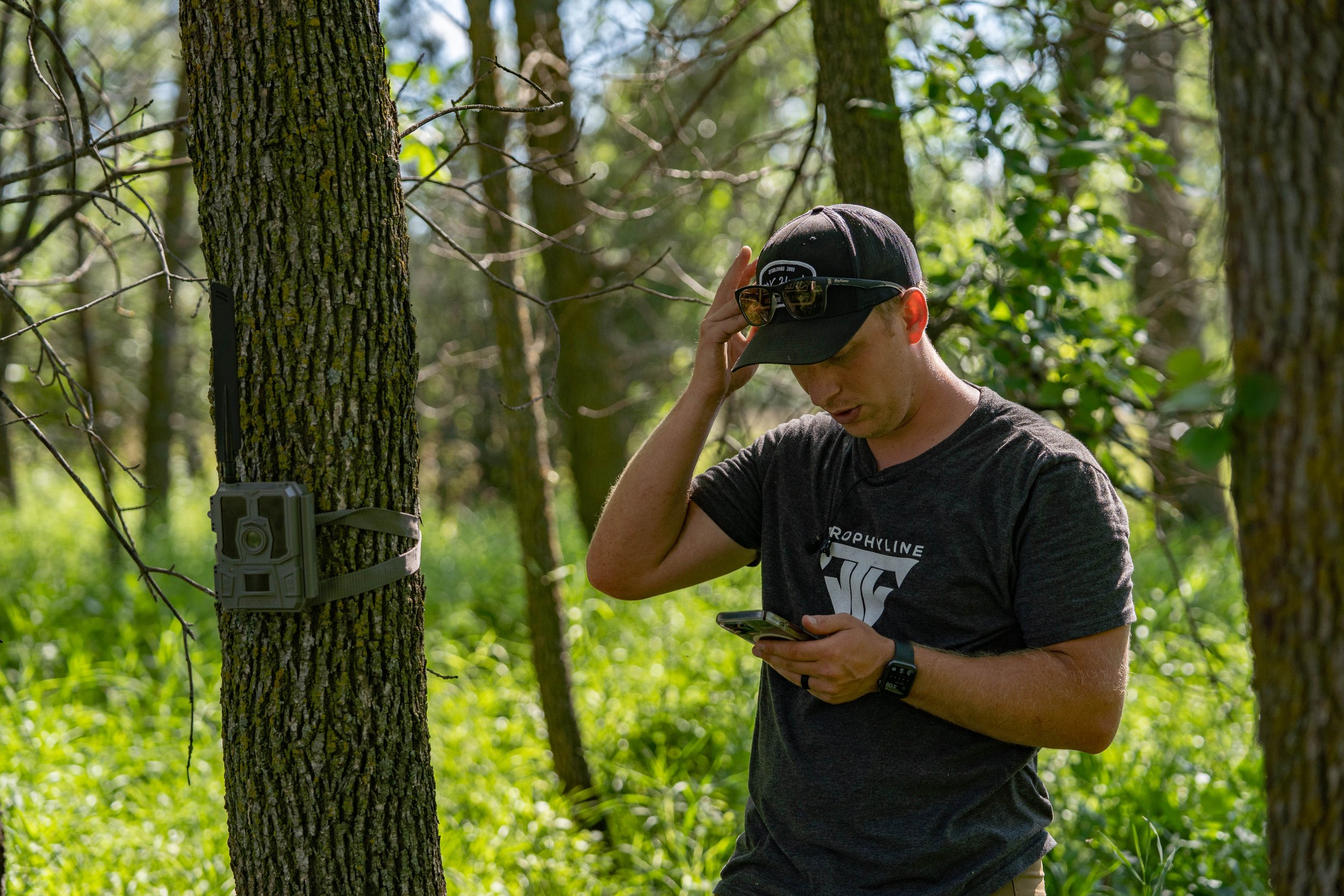By Alex Comstock
This week it will finally be here. Deer season that is! I'll be back in a stand in North Dakota on Friday and it's a day that I've been dreaming about since the second I walked out of the stand for the last time last year. Every season is a fresh slate, with new learning opportunities out there, hopes and dreams unscathed, and the unknown of what the upcoming season may present. And with that, I wanted to touch on a few tactics that I feel are underrated which you could capitalize on in the next month during your early season hunting.
1. Hunting Water Holes
When talking about deer movement, and trying to figure out the best times to harvest a mature buck during the early part of the season, the first thing discussed is usually some type of cold front, and how to best use that to your advantage. All of that is great, but what about if the only days you are able to hunt are hot? In early September, even all the way through to October in places, there can some pretty hot days in the stand. And guess what can be your best attractant to get whitetails to move in daylight?...water. Water holes are an extremely underrated tactic to harvest mature bucks. Food gets the limelight and publicity in the deer hunting media, but deer need water just as they need food. Though deer can get a lot of their water intake through various foods they eat, a water hole can still serve as a great way to get a mature buck up on his feet in daylight.
There are a lot of simple ways you can create a man made water hole by doing some quick research. If you only hunt public land, or don't have the ability to create a man made water hole, scout out where you hunt to see if there's any natural water sources. Small ponds or streams seem to be the best in my experience. Last year, I had one of my best hunts of the year on a near 90 degree September day while hunting over a small pond that I had located the day before. It was a great encounter, and the fact that this mature buck was up with plenty of daylight on a warm day gave me confidence water could indeed pull a mature buck out of his bed in time to still have a chance at harvesting him.
Watch my epic 2017 hunt over a public land pond.
2. Hunting Mornings
I'd be willing to bet if you researched early season hunting right now, 99% of the content you come across will talk about hunting afternoons, and it'll be hard pressed to find anything on hunting mornings. That's because more often than not, you'll get told not to hunt mornings in the early season. That it can be a waste a time, even a hindrance to your hunting. Make no mistake about it, if you don't know what you're doing or don't do proper scouting, getting on a mature buck in the morning during September can be difficult, BUT if you play your cards right, it could be a great move.
This season, I'm going to be hunting mornings way more during early season, and the way to do it is to locate a buck bedding area and get in there way before daylight. If you can beat a buck to where he'll be bedding, you can still have a shot at getting it done. My friends over at The Hunting Public are straight killers when it comes to hunting buck bedding, including during the early season. Check out one of their videos below that perfectly illustrates this. They get into a buck bedding area early (during September) and are able to put a good buck down on a morning hunt.
To see more videos from The Hunting Public, visit their YouTube Channel.
3. Running and Gunning
Part of early season hunting that gets talked about a lot as well is locating a bucks feeding pattern through long range scouting and trail cameras, and then setting a stand based on that to intercept him, or catch him in his favorite food source. Usually you then don't hunt that stand until the conditions are optimal and you feel that buck will be hitting the food in daylight. Now, don't get me wrong, this can definitely work, and it's how I've spent a lot of my time chasing mature bucks early in the year. With that said, there's something about getting aggressive, throwing a stand on your back, and making a move that can pay big dividends. Getting aggressive like this means you'll have to have more than one spot picked out to hunt, but if you can bounce around different places with different weather conditions, you could give yourself a better chance at getting it done right away at the outset of a season.
Conclusion
These early season tactics might not be for everyone, or one of them might just be for you. Either way, these definitely don't get talked about nearly as much as standard early season tactics, and let's face it, sometimes "standard" doesn't just doesn't cut it.































